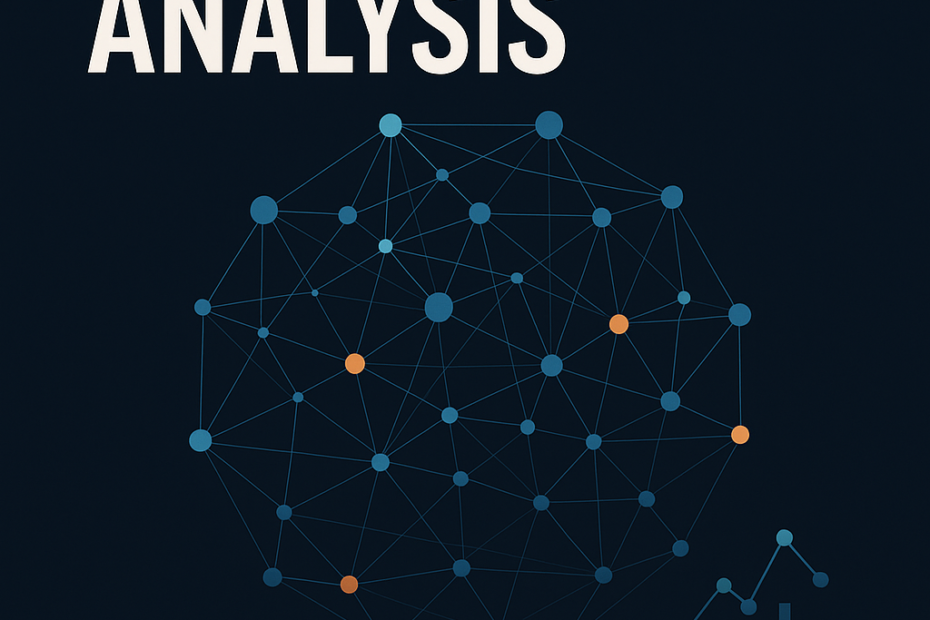EDA in Python
When working on machine learning projects, one of the most important steps is Exploratory Data Analysis (EDA). Before jumping into model building, EDA helps you uncover insights, detect anomalies, and understand the true story behind your dataset. Skipping this step often leads to weak models and wasted time.
In this post, we’ll break down what EDA is, essential techniques, real-world examples, and a handy Python cheat sheet to kickstart your data science journey.
What is Exploratory Data Analysis (EDA)?
Exploratory Data Analysis is the process of analyzing datasets to summarize their key characteristics. Using visualization tools, descriptive statistics, and correlation studies, data scientists can quickly identify patterns, anomalies, and relationships that improve decision-making.
EDA focuses on:
- Data Distribution – Understanding how values are spread.
- Missing Values – Detecting and handling gaps using imputation.
- Outlier Detection – Identifying unusual data points.
- Feature Relationships – Measuring correlations and dependencies between variables.
Types of EDA Analysis
- Univariate Analysis – Analyzing one variable at a time with histograms, box plots, and summary statistics.
- Bivariate Analysis – Exploring relationships between two variables with scatter plots, crosstabs, and regression lines.
- Multivariate Analysis – Examining multiple features simultaneously using heatmaps, correlation matrices, and Principal Component Analysis (PCA).
These methods ensure you uncover insights before feeding data into ML models.
Essential EDA Techniques in Data Science
If you’re performing Exploratory Data Analysis in Python, these steps are must-haves:
- Data Quality Check – Look for duplicates, missing values, and incorrect data types.
- Statistical Summary – Use
mean,median,mode, andstandard deviationto understand distributions. - Correlation Analysis – Apply
.corr()and heatmaps to identify relationships between variables. - Outlier Treatment – Use box plots and the IQR method to manage extreme values.
By following these techniques, you’ll create cleaner, more reliable datasets that lead to higher model accuracy.
Real-World Applications of EDA
EDA isn’t just academic—it powers real-world business strategies:
- Netflix Recommendations – Analyzing viewing patterns for personalized content.
- Uber Demand Forecasting – Studying ride demand and hotspots for better allocation.
- Amazon Customer Analytics – Using purchase data to drive cross-selling opportunities.
- Tesla Autopilot – Processing sensor data to enhance self-driving algorithms.
These examples show how data-driven insights fuel some of the world’s most innovative companies.
Why EDA is Critical in Machine Learning
- 78% – Accuracy improvement after proper EDA.
- 65% – Time saved during model development.
- 90% – Data scientists consider EDA the most critical step in machine learning projects.
Skipping EDA often leads to longer development cycles and poor-performing models.
Python EDA Cheat Sheet for Beginners
Here are essential Python commands for EDA in Pandas and Seaborn:
df.head() # Preview first 5 rows
df.info() # Check data types & null counts
df.describe() # Generate statistical summary
df.corr() # Correlation matrix
df.isnull().sum() # Count missing values
sns.heatmap(df.corr()) # Visualize correlations
💡 Pro Tip: Always start with df.head(), df.info(), and df.describe() to get a quick overview.
Final Thoughts
EDA is the backbone of every successful data science project. By carefully exploring your dataset, you’ll:
- Build more accurate machine learning models.
- Save time by focusing on the right features.
- Gain deeper insights that drive business decisions.
If you’re learning EDA in Python, practice on real-world datasets from Kaggle or your own projects. The more you explore, the sharper your data intuition becomes.
👉 Ready to level up your data science skills? Start applying EDA techniques today and unlock the true potential of your data.
